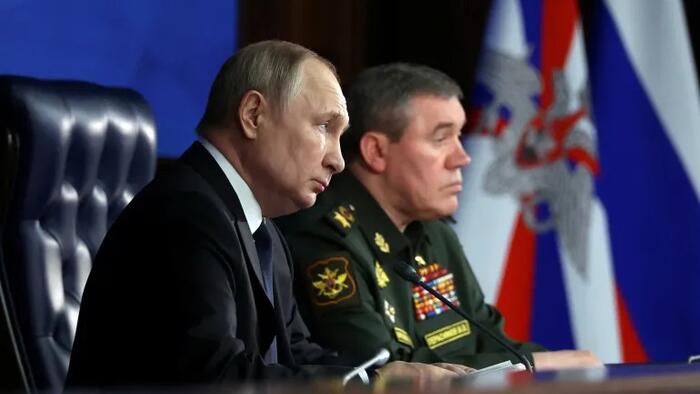
Key Takeaways
- Russia Prepares for War: A U.S. research group (ISW) warns that President Putin is getting Russia’s economy, military, and society ready for a longer war in Ukraine—and possibly a direct conflict with NATO.
- New Law Lets Government Seize Control: A May 30 decree allows Russia to take over private defense companies if they don’t meet military orders during emergencies (like wartime). This could mean stricter control over industries.
- Ukraine’s Bold Drone Strike: A surprise Ukrainian attack (called “Russia’s Pearl Harbor”) destroyed ~40 Russian military aircraft, escalating tensions.
- Risk of Putin’s Retaliation: Russia might hit Ukraine harder, possibly targeting cities like Kyiv or Odessa. Peace talks in Istanbul hang in the balance.
What’s Happening?
1. Russia’s Wartime Preparations
- Martial Law on the Horizon: Putin’s new law lets the government take charge of defense factories, shipbuilders, and even civilian aviation companies if they ignore wartime demands. Think of it like the U.S. government seizing car factories to make tanks during WWII.
- Goal: Shift Russia to a “full war economy” to sustain a long fight.
2. Ukraine’s Drone Attack: A Game Changer?
- The Strike: Ukrainian drones flew deep into Russia, hitting airbases and destroying jets, worth billions. Supporters compare it to Japan’s 1941 Pearl Harbor attack—a surprise move that could drag more countries into war.
- Cost Efficiency: Drones worth under $1 million caused over $1 billion in damage.
👉 But There’s a Catch: This bold move might backfire. Russia could retaliate harshly, worsening the conflict.
What Could Happen Next?
- Russia’s Response: Expect heavy attacks on Ukrainian cities, military hubs, and possibly areas spared so far (like Odessa).
- NATO Involvement?: If Russia thinks NATO helped plan the drone strike, tensions with the West could skyrocket.
- Peace Talks at Risk: Scheduled talks in Istanbul may collapse if Russia decides to “punish” Ukraine instead.
Why Should You Care?
- Global Risk: A Russia-NATO war would be catastrophic, affecting economies, energy supplies, and global security.
- Civilian Impact: Escalation means more destruction in Ukraine and potential spread to neighboring countries.
Analogy to Simplify
Imagine two neighbors (Russia and Ukraine) in a fistfight. Suddenly, one throws a brick through the other’s window (drone strike). The brick-thrower’s friend (NATO) stands nearby, cheering. The other neighbor (Russia) now brings out a baseball bat, yelling, “Anyone else wants some?!”
Bottom Line: The world is closer to a dangerous tipping point. While Ukraine’s drone attack was tactically successful, it risks triggering a violent Russian response and drawing NATO into direct conflict. Peace talks are now more urgent—and fragile—than ever.
Stay informed, but stay cautious: Verify reports, as details in conflict zones often shift rapidly.